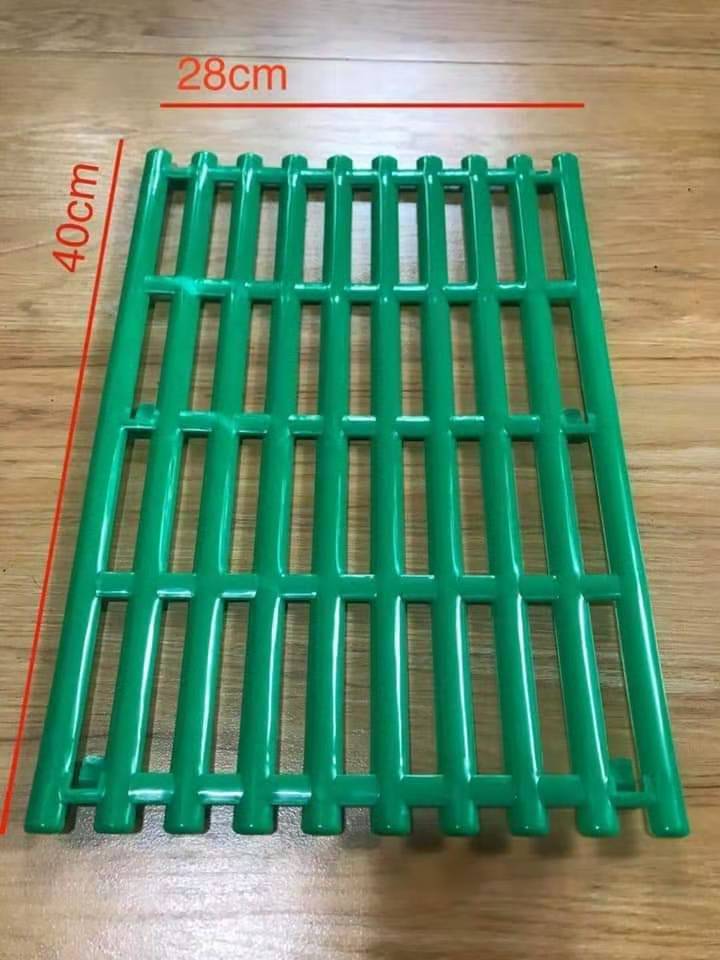poultry transport cages
Nov . 12, 2024 12:17 Back to list
poultry transport cages
Poultry Transport Cages Ensuring Safety and Welfare in Livestock Transportation
The transportation of poultry is a crucial aspect of the poultry industry. As farms distribute eggs and meat across various regions, the method of transport plays a significant role in maintaining the quality and welfare of the chickens. One of the key components of poultry transportation is the use of poultry transport cages. These cages are designed specifically to accommodate the needs of the birds while ensuring their safety and reducing stress during transit.
Design and Features of Poultry Transport Cages
Poultry transport cages, often made from durable materials such as steel or high-density polyethylene, are engineered to provide a secure and comfortable environment for birds during transport. The design of these cages is influenced by several factors, including the species of poultry being transported, the duration of the journey, and the conditions in which they will be transported.
A well-designed poultry transport cage will typically feature ventilation openings to ensure air circulation, which is vital for maintaining optimal temperature and minimizing stress. Additionally, the cages usually have slotted floors to allow waste to fall through, keeping the birds clean and reducing the risk of illness. Some designs even incorporate dividers to prevent overcrowding, which is crucial for reducing stress and ensuring that each bird has adequate space.
Regulatory Standards and Guidelines
The welfare of transported poultry is regulated by various organizations and governmental agencies around the world. These regulations often outline specific standards for the design and use of transport cages, emphasizing aspects such as size, ventilation, and overall animal welfare. Compliance with these regulations is not only a legal obligation but also an ethical responsibility for poultry producers and transporters.
In the United States, for example, the Animal Welfare Act and guidelines from the American Veterinary Medical Association emphasize the importance of humane treatment during transport. Similar regulations exist in the European Union, where the Council Regulation (EC) No 1/2005 sets strict conditions for the transport of live animals, including poultry. These regulations mandate the provision of adequate space, ventilation, and protection from extreme weather conditions, ensuring that animals are not subjected to unnecessary suffering.
poultry transport cages

Importance of Poultry Transport Cages for Animal Welfare
The primary purpose of poultry transport cages is to enhance the welfare of birds during transit. Stress during transportation can lead to adverse effects on poultry health, including increased mortality rates and compromised immune systems. By utilizing appropriately designed transport cages, farmers and transporters can minimize these risks.
Research has shown that chickens transported in well-ventilated, spacious cages exhibit lower levels of stress hormones compared to those in overcrowded or poorly ventilated conditions. This reduction in stress not only promotes the health of the birds but also ensures better quality meat and eggs upon arrival at their destination. Healthy birds contribute to better production levels and reduced losses for farmers, making effective transport an economically advantageous practice.
Sustainability and Innovations in Poultry Transport Cages
As the poultry industry continues to evolve, there is a growing emphasis on sustainability. Innovations in materials and design are aimed at reducing the ecological footprint of poultry transport. For instance, the use of recyclable materials for transport cages is becoming more common, and companies are exploring lightweight designs to reduce fuel consumption during transport.
Moreover, technology is playing a significant role in advancing poultry transport practices. GPS tracking systems and real-time monitoring of temperature and humidity can help ensure that the conditions within transport cages remain optimal. These innovations not only aid in compliance with welfare regulations but also enhance overall efficiency in the supply chain.
Conclusion
Poultry transport cages are a vital component of the poultry industry's logistics. They serve not only to protect the birds during transit but also to promote welfare and reduce stress, leading to healthier animals and better quality products. As regulations evolve and new technologies emerge, the design and use of poultry transport cages will continue to develop, reflecting the industry's commitment to sustainability and animal welfare. Ensuring the safety and comfort of poultry during transport is not just a legal requirement; it is a moral obligation that underpins a thriving and responsible poultry industry.
-
Automatic Feeding Line System-Pan Feeder Nipple Drinker|Anping County Yize Metal Products Co., Ltd.
NewsJul.29,2025
-
Hot Sale 24 & 18 Door Rabbit Cages - Premium Breeding Solutions
NewsJul.25,2025
-
Automatic Feeding Line System Pan Feeder Nipple Drinker - Anping County Yize Metal Products Co., Ltd.
NewsJul.21,2025
-
Automatic Feeding Line System Pan Feeder Nipple Drinker - Anping County Yize Metal Products Co., Ltd.
NewsJul.21,2025
-
Automatic Feeding Line System - Anping Yize | Precision & Nipple
NewsJul.21,2025
-
Automatic Feeding Line System - Anping Yize | Precision & Nipple
NewsJul.21,2025






